
Project PAMANA will provide a holistic understanding of the legacy, present and future environmental and ecological impacts of mining on Philippine River systems. Our project also aims to lay the foundations for a novel catchment monitoring and management infrastructure that informs sustainable mining practice through more effective Environmental Impact Assessment.
The Philippines is the 5th most mineral rich country in the world. Our ambition is to enable a sustainable Philippine mining sector and preserve precious Philippine biomes for future generations; a challenge of national and international significance. We aim to leave behind a “pamana” (Filipino for inheritance and legacy) of a sustainable mineral resource for the Filipino people.
Project PAMANA is led by the University of Glasgow (United Kingdom) and the University of the Philippines (Los Banos), in partnership with a further six Universities and a plethora of partner organisations. Project PAMANA is joint funded by the Natural Environment Research Council (NERC – UK) and Department of Science and Technology (DOST – Philippines).
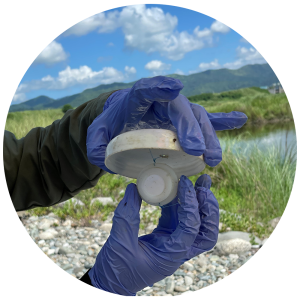
The longevity and scale of legacy mining in the Philippines makes it difficult to establish background water and ecological quality in river catchments, and to disentangle the impact of mining from other anthropogenic pressures such as agriculture, and industrial and urban developments.
This work package aims to develop and demonstrate novel technologies and analytical approaches to establish baseline water and ecological quality in Philippine River catchments, and to monitor and evaluate sustainable mining practice.
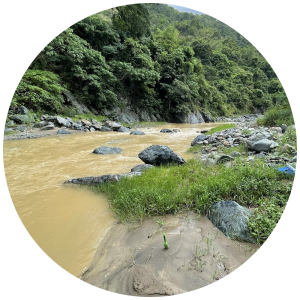
Contaminated particulate matter and fine-grained sediment from legacy and present-day mining can have significant environmental impacts on the geomorphology, land cover, sediment and soil contamination and aquatic biodiversity of mine-affected catchments.
Despite management interventions, in mine-affected catchments contaminated material is often highly connected to river channels, particularly during storm and typhoon events, resulting in the downstream translation, concentration and/or dispersal of material.
This work package aims to quantify the environmental impacts of contaminated sediment from legacy and contemporary mining in the Agno river catchment.
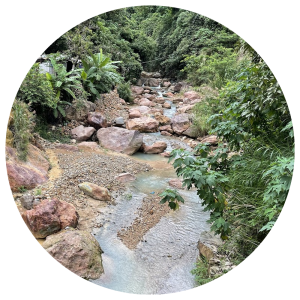
The fate of sediment associated contaminants is dependant on sediment transport and thus the fluvial geomorphology of a catchment. The field sampling of sediments that will be undertaken in Work Package 2 generates vital and robust point data but the contaminant concentrations between sample points are unknown. Novel two-/three-dimensiona numerical modelling of flooding and sediment transport can provide a way of ‘filling in’ these gaps.
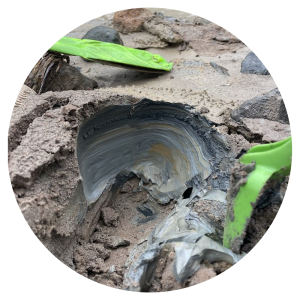
Globally, mine tailings dams are major contributors of contaminants and particulates to catchments through chronic discharge events and failures. However, they also contain potentially valuable metal and non-metal components that were not extracted historically.
In 2019, there were 27 identified legacy mines across the Philippines. Some of these mines had tailings dams constructed in the 1960s and decommissioned or abandoned as early as the 1970s. Some of these tailings dams are now partly overgrown but still pose potential risks to water and sediment quality. Tailings dams are not ‘walk away structures’ and although recent mining policies aim to improve the management of legacy tailings dams, the risk of contamination from and failure of tailing dams remains.
There may be significant resource potential within legacy tailings dams that has not been evaluated. Moreover, bio-remediation using innovative methods and microbes, has not yet been fully explored or adapted in the Philippines. This work package will investigate tailing dams as potential mineral resource sites and explore innovative methods for bio-remediation.
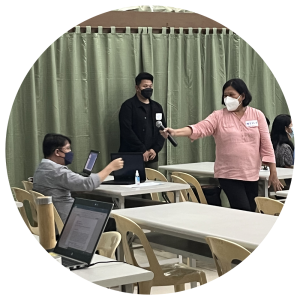
This work package uses a catchment-based approach to develop policies and strategies to manage mineral rich catchments in the Philippines.
Drawing together the findings and tools developed in work packages one to four, this work package will generate a technically-sound catchment management framework/plan that is presently unavailable, which will be discussed with government, mining companies, civil society actors and communities to incorporate their views. This framework will ultimately improve mine management and inform Philippine policy.